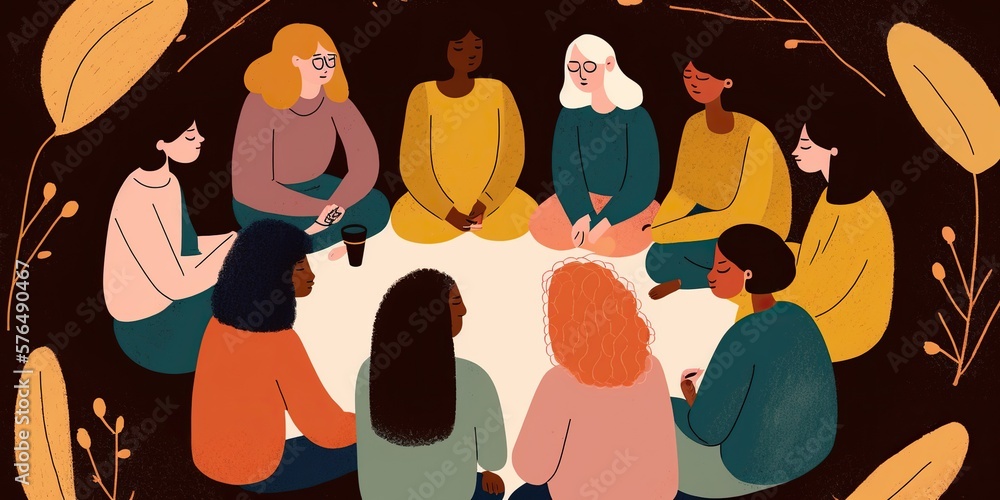
Learning Circle Members and Roles:
Time Keeper: Jozelle
Facilitator: Angela
Record Keeper: Rabekah
Encourager: Jada
Other members: Justine, Hope
Chapter 9:
Chapter 9 is about communication with students and their peers. There are plenty of ways for students to communicate their learning with their peers. For example, students may create a newsletter to give an overview of what they are learning in school. Other methods include taking home a math game or a science experiment. This way, students can demonstrate to their peers what they learned in their math and science classes. In terms of student-parent conferences, students and their peers may participate in class to get a sense of putting themselves in their student’s shoes. Our group thought this was a great way for students and their peers to have an insight into what their students experience in the classroom. Lastly, our group thought that students deserve to receive feedback from their peers along with their teacher’s feedback. As the book has been saying, the more feedback, the more learning and ways for improvement happen. We thought that when students receive feedback from their peers, it helps them improve because their peers may know them more personally than others. So, their feedback will help our students a ton!
Chapter 10:
Chapter 10 talked about evaluating and reporting. This is a VERY last step. This is where students and teachers will organize every assessment they have received and given and summarize it into an evaluation. Our group thought it was extremely important for teachers to look at all evidence before giving numbered or letter grades. In this age, we are now starting to recognize that grades do not define how we did in the class. Unfortunately, we have not distanced ourselves that well with giving grades. To work around this, the book gave examples like providing an in-depth description of what each letter entails (A, B+, B, C+, and so on). This way, students and their peers are informed as to they their student received a certain number or letter grade. The book also suggests students create a self-report, where they will summarize their overall learning. Students may also decide on their grade based on the evidence they have gathered and provided throughout the unit. I think allowing students to grade themselves allows them to be responsible and accountable for their learning. Our group thought that there would be times when students would be too harsh on themselves and give a much lower grade, or they use this as an opportunity to give themselves 100%. This is where we step in as educators and guide our students so that they will come to a meaningful conclusion about the evaluation they deserve.
Chapter 11:
We thought chapter 11 was pretty straightforward, and we have been doing this practice for a long time. Chapter 11 talked about creating groups for educators to connect and share resources with. We thought this was important because educators learn from each other since we all come from different backgrounds, therefore each educator has something to contribute to these groups. I personally remember the four ages of professionalism and professional learning which are:
- the pre-professional age
- the age of autonomous professional
- the age of collegial professional
- the post-professional or postmodern age
I thought learning circles fell under the 3rd and 4th age. Collaboration is important for us educators because we can learn from each other. For example, this learning circle for ECS401 served as a meaningful learning circle because we all have something to contribute to the readings even though we all read the same book. We picked up things and understood things differently or comparatively from each other which created fruitful conversations.
Concluding Thoughts:
We ended the last learning circle by talking about meaningful connections with the book. One of the members who did not join our group joined for this last learning circle but did not talk for the whole 30 minutes. However, every person in our group contributed greatly. As usual, we were comfortable in each other’s presence, and that is what made us a great group. We were listening and absorbing information from each other and reflecting on each other’s opinions about the readings. Overall, our group came always prepared to have conversations on assigned readings.